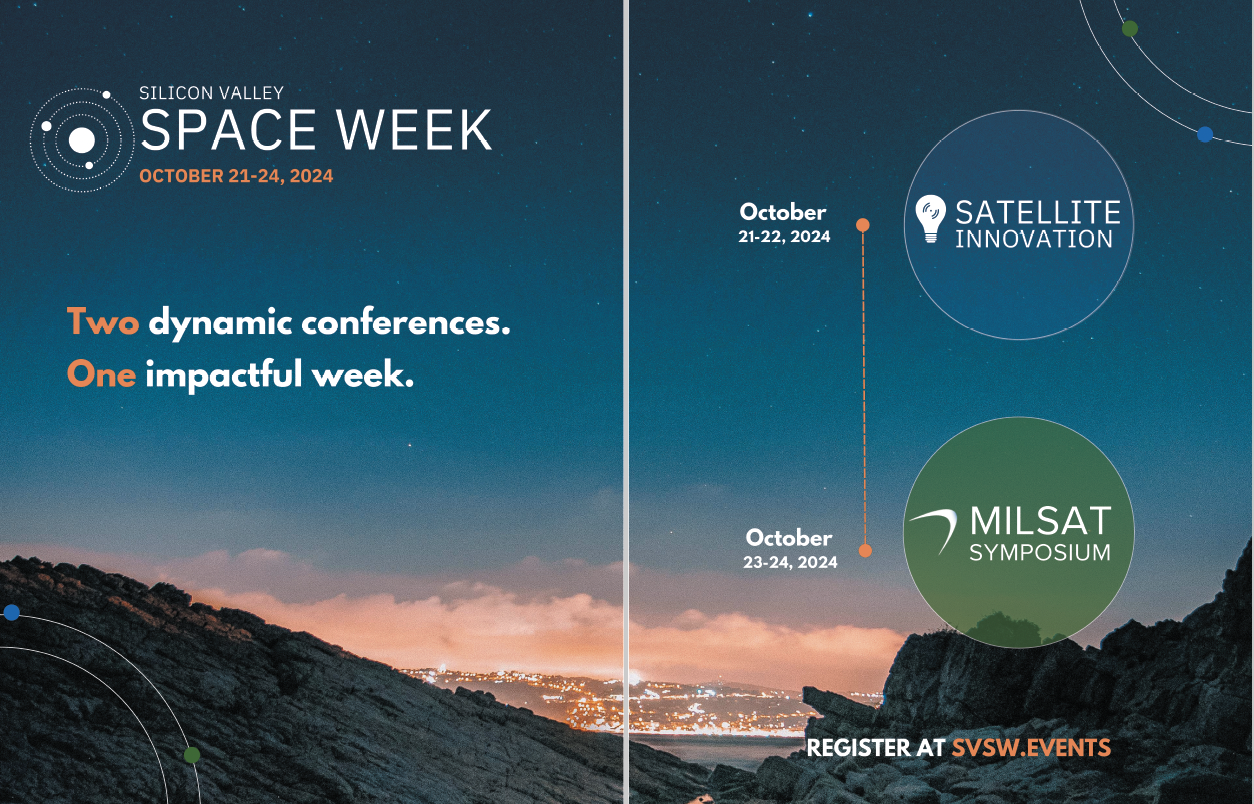SpaceX launches SES ASTRA 1-P to replace aging satellites and 250th droneship landing
SpaceX successfully launched SES’ ASTRA 1-P, marking the first time an Astra satellite has been launched by SpaceX.
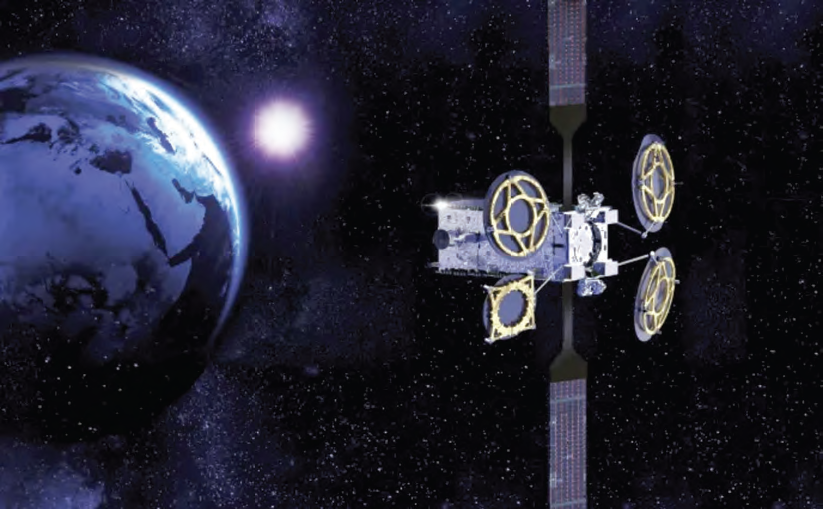
Artistic rendition of the SES ASTRA 1P satellite
on-orbit. Image is courtesy of Thales Alenia Space
The successful launch of Astra 1P will be a significant milestone for both SES and SpaceX. It will allow SES to maintain its leading position in the European satellite TV market, while SpaceX will continue to demonstrate its capabilities as a reliable and cost-effective launch provider. Launch photo captured on Thursday, June 20, by Satnews from SpaceX’s video stream.
This is the ninth flight of the first stage booster supporting this mission, which previously launched Ax-2, Euclid, Ax-3, CRS-30, and four Starlink missions.
Following stage separation, the first stage landed on the Just Read the Instructions droneship, which will be stationed in the Atlantic Ocean.
The Ku-band satellite will augment and strengthen SES’s prime TV neighborhood at 19.2 degrees East while delivering content for public and private broadcasters, sports organisations and content owners to audiences across largest European TV markets.
ASTRA 1P will also ensure the delivery of premium HD content directly to subscribers of HD+, SES’s high-definition satellite TV platform in Germany.
 Built by Thales Alenia Space, ASTRA 1P is based on the 100% electric Spacebus NEO platform and features 80 transponders capable of delivering 500 HD TV channels.
Built by Thales Alenia Space, ASTRA 1P is based on the 100% electric Spacebus NEO platform and features 80 transponders capable of delivering 500 HD TV channels.
ASTRA 1P is the most powerful satellite to operate at 19.2 degrees East, seamlessly replacing the current four satellites at the orbital location and continuing their mission of serving 119 million TV households.
“We are excited that ASTRA 1P will be joining our fleet of geostationary satellites, marking the next generation of satellites to operate at one of our most important orbital positions responsible for delivering content to hundreds of millions of viewers in Europe,” said Adel Al-Saleh, CEO of SES. “Ever since the launch of ASTRA 1A in 1988, our satellites have played a pivotal role in reliably delivering high-quality content to viewers. We are well-positioned to continue supporting our broadcast customers for many years to come with ASTRA 1P.”
NOAA’s Weather + Environmental Monitoring Satellite carrying the L3Harris Advanced Imager (ABI) payload
The L3Harris Technologies (NYSE:LHX) high-resolution weather instrument, Advanced Baseline Imager (ABI) will launch from NASA’s Kennedy Space Center in Florida onboard NOAA’s Geostationary Operational Environmental Satellite (GOES)-U satellite.
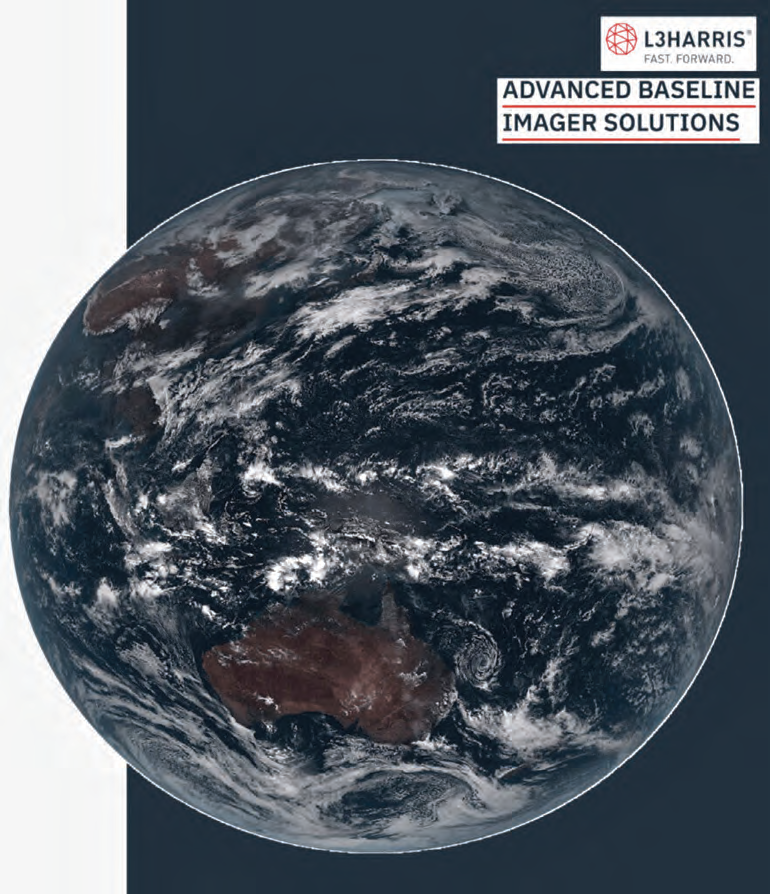
GOES-U will strengthen the nation’s ability to rapidly detect and monitor the environment and severe weather across the Western Hemisphere.
The GOES-U satellite is the fourth and final satellite in the GOES-R Series of advanced geostationary weather satellites.
L3Harris’ ABI is the primary instrument for all four satellites in the series, which are also controlled by L3Harris’ enterprise ground system.
L3Harris’ ABI is able to simultaneously track a single storm and gather continent-wide imagery from more than 22,000 miles from Earth.
These images assist NOAA in identifying potential hazards impacting daily life, from air quality warnings to aviation route planning and vegetative health.
GOES-U will provide the groundwork for future Geostationary Extended Observations (GeoXO) imager programs.
L3Harris is currently building the next-generation, high- resolution imager for NOAA’s GeoXO system.
The GOES-R Series includes electric and chemical propulsion systems built by Aerojet Rocketdyne, an L3Harris Technologies company.
“In 2023, the U.S. experienced $28 billion in damages caused by hurricanes, tornadoes, wildfires and other climate disasters, and our Advanced Baseline Imager provided critical imagery to help protect lives and property,” said Ed Zoiss, President, Space and Airborne Systems, L3Harris. “Our technology is the primary instrument onboard this NOAA satellite, and we are confident the ABI will deliver unparalleled capabilities to continue supporting a system that revolutionized modern weather monitoring technology.”
Requtech launches their Ka-band multi-orbit land mobility terminal
Requtech AB has launched the industry’s first Ka-band multi-orbit land mobility terminal, the RESA L Ka. This new terminal operates seamlessly across GEO and MEO networks and is prepared for the upcoming Ka-band LEO networks — the RESA L Ka will be available in Q4 2024.
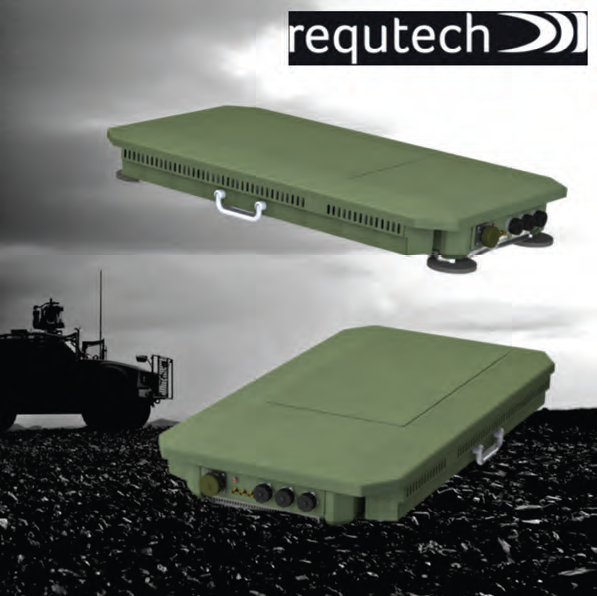
Leveraging its successful GEO/MEO reflector system, the PICO 120a, and the proven RESA M Ku multi-orbit GEO/LEO terminal, Requtech is now cementing its position as Europe’s leading supplier of multi-orbit connectivity solutions with the addition of the RESA L Ka terminal. The company’s mission is to revolutionize communication capabilities, enhancing global connectivity with cutting-edge innovations.
Designed with market-leading SWaP (Size, Weight, and Power) metrics of 81x45x11 cm and 25 kg, the RESA L Ka terminal delivers exceptional performance with a G/T of 13 dB/K and an EIRP of 49 dBW.
The next phase for the RESA L Ka terminal includes rigorous certification processes with satellite operators. With initial pre-series production underway, the satellite communication technology provider anticipates general availability by Q1 2025.
“At Requtech AB, our team’s dedication and expertise have been instrumental in achieving this significant milestone,” said Dr. Omid Sotoudeh, CEO. “We are leading the satellite technology revolution with our cutting-edge Multi-Orbit RESA L Ka terminal. This breakthrough product offers seamless operation across multiple constellations and orbits, positioning us as the go-to solution for next generation satellite communications.”
Requtech AB specializes in developing high-performance, reliable satellite communication systems. The firm’s mission is to revolutionize communi ation capabilities, enhancing global connectivity through innovative solutions.
Isar Aerospace extends Series C to more than 220 million euros
Isar Aerospace has announced a significant extension of its Series C round by more than 65 million euros, bringing the total now to more than 220 million euros.

The extension received a strong commitment from NATO Innovation Fund (NIF), a standalone venture capital fund backed by 24 NATO Allies which deploys more than 1 billion euros to empower deep tech companies addressing challenges in defence, security and resilience.
This marks the first-ever direct investment in a satellite service launch provider from the NATO Innovation Fund and highlights the multifaceted importance of space technologies, which are pivotal for both civilian innovation and defence capabilities.
Other new investors in the extension round included the European family office G3T as well as 10x Group, Besant Capital, Finadvice Med HOLDINGS and LP&E. Existing investors Lakestar, Earlybird, Airbus Ventures, Bayern Kapital and UVC Partners also participated significantly in the extension round.
Leading nations, including the United States, have already shifted their space and defence strategies to rely heavily on commercial space capabilities, as procuring private commercial services and products is more innovative, efficient and, above all, more cost-efficient.
With more than 400 million in total funding since its foundation in 2018, Isar Aerospace is the most capitalized independent New Space company in Europe. It has established itself as a technological leader, having developed proprietary know-how through full vertical integration as well as owning design, production, and testing operations entirely in-house. Building on a scalable series production, Isar Aerospace will heavily industrialize production of launch vehicles.
In May 2024, Isar Aerospace announced the establishment of a world-leading commercial launch vehicle production facility near Munich, Germany. In collaboration with the pan-European real estate company VGP Group who will develop and build the facility, Isar Aerospace will be able to produce 40 Spectrum launch vehicles per year in the future.
More information: rb.gy/0mds8s
Resolve Optics optical module enhances satellite lens versatility
Resolve Optics has developed a unique optical module that fulfills the wide range of mounting arrangements used by different satellite camera systems.
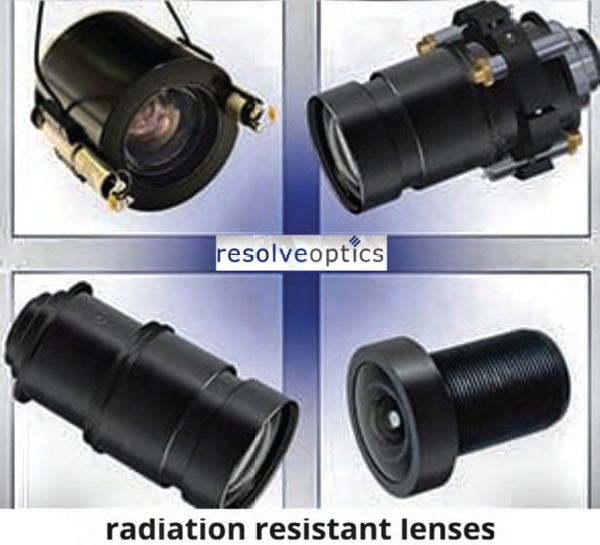
Developed in conjunction with ultra-high-definition video camera specialists – Sen (London, UK) – the new 406-000 f2 radiation resistant lens from Resolve Optics is incorporated within an optical module which can easily be removed and secured in a wide variety of different mounts.
Commercially available camera lenses are generally not suitable for space applications because the optical material from which they are made would increasingly suffer from radiation ‘browning’ – meaning that image quality will deteriorate over the lifetime of the satellite.
Additional information: rb.gy/tjy9j6
Astrolight sets the stage for next generation secure space-to-Earth data transmission
Astrolight has concluded a significant milestone by completing the Critical Design Review (CDR) for the company’s ATLAS-1 Space-to-Earth laser communication on-orbit demonstration mission.
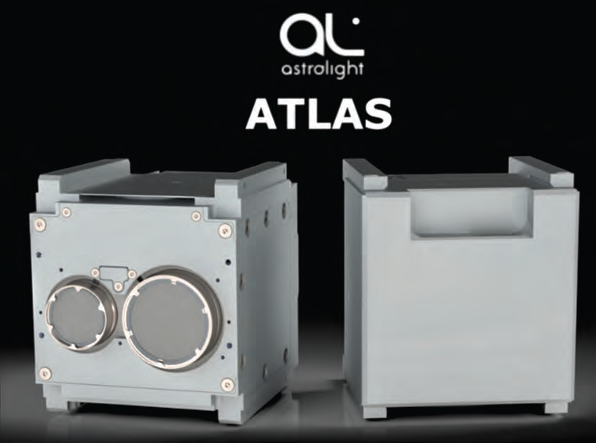
The European Commission (EC) has selected the Astrolight experiment in the frame of the IOD-IOV Call for Expression of Interest to demonstrate on-orbit its Space-to-Earth laser communication system, ATLAS-1.
The EC enabled Astrolight to work with ISISPACE, a Dutch space company, which is providing the satellite that will be carrying the ATLAS-1 payload into orbit next year, as overseen by the European Space Agency (ESA).
Passing the CDR stage indicates that the design of Astrolight’s ATLAS-1 has been shown to comply with the mission requirements for launch and operation in space and the risks for further development and implementation are fully mitigated.
Now, the company is ready for the stage of production and testing of a cutting- edge solution that aims to create a high-bandwidth, secure and reliable data downlink from low Earth orbit at speeds exceeding commonplace solutions operating in the radio frequency (RF) spectrum.
ATLAS, the Space-to-Earth laser communication terminal developed by Astrolight, is geared toward efficient downlink of data generated in space. This is especially important in the Earth observation sector, where vast amounts of data, often termed Big Earth Data, are collected.
The CDR stage is a crucial checkpoint in this cycle. It is the point where the project’s design gets thoroughly evaluated to make sure it meets the requirements and is viable for its intended environment.. This milestone ensures that regulatory bodies, investors, and other stakeholders see that the project is ready to move forward.
Communication between space and Earth still heavily relies on RF data transmission systems, which have a limited bandwidth and rely on radio spectrum availability, making them less suitable for widespread mass communication for the new space age. However, the stage is set for more advanced laser-based communication links. ATLAS is much smaller than other optical communication systems currently available in the market, saving costs while still maintaining excellent overall data throughput. The compact design is thanks to the advanced technology in the ATLAS system.
Looking ahead, Astrolight’s focus remains steadfast on pushing the boundaries of space communication technology. With the successful completion of the Critical Design Review for ATLAS-1, the company is now setting its sights on breaking data throughput records.



